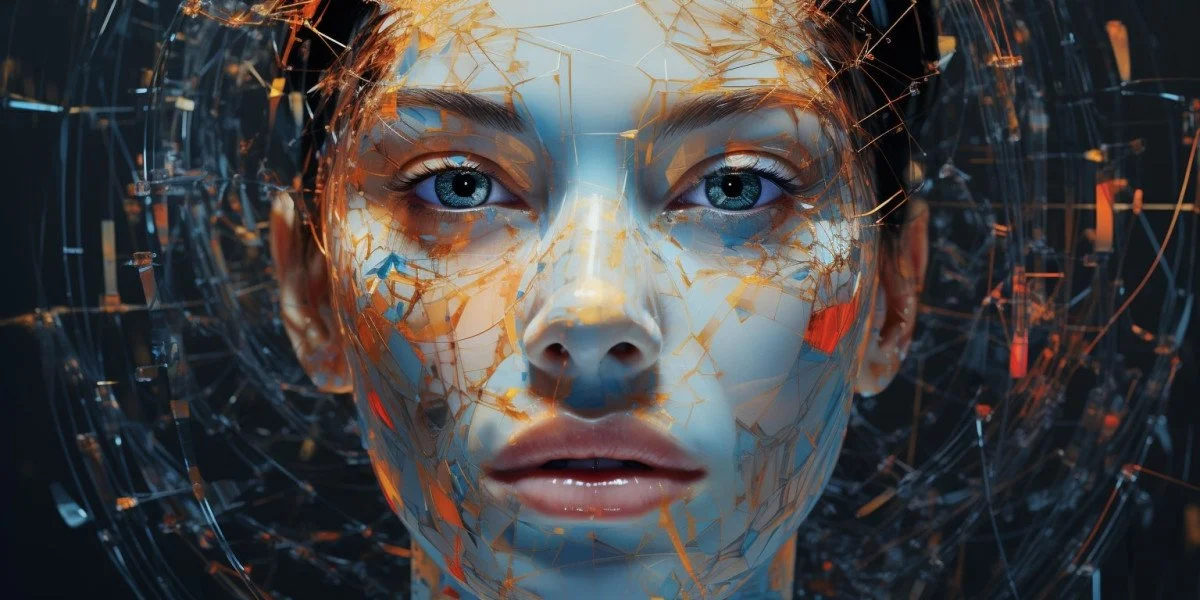By: Yi Chen
Artificial Intelligence is constantly getting smarter, and the image quality gets more realistic. However, there are still a few steps from reality. According to Newsround, it can often be difficult to distinguish between a genuine photograph and an AI-generated image.
AI images are made from other similar photos combined, so AI has difficulty with uncommon picture details, like shaded areas. AI usually gets mixed up with logos, and the hands drawn by AI are unnaturally shaped and twisted.
Deepfakes are made from a neural network, called Autoencoder. There are two main parts to creating deepfakes. One is called a generator, and the other is called a discriminator. The generator is the algorithm that makes the image and gives it to the discriminator, which checks if it is real or not. Even if the discriminator gets the answer right, the algorithm will still pass it back to the generator, who will continue to improve the deepfake.
Another imperfection that AI has is that sometimes the pictures could be more perfect. AI lacks details that are shown in real pictures, so this leads to the photos having a smooth texture. The lack of facial details and textures will make it look airbrushed, which shows that AI is the creator. AI also sets the background as a perfect location or a make-believe world.
New software, such as Sentinel, is made to detect the AI images, since they posses a threat to society. Many organization are coming together to combat deepfakes. For example, Google is working on text to speak tools for user verification. Twitter and Facebook are officially banning the malicious use of deepfakes.
https://www.bbc.co.uk/bitesize/articles/z6s4239
https://www.mygreatlearning.com/blog/all-you-need-to-know-about-deepfake-ai











